

— Blogs —
—Products—
 Consumer hotline +8618073152920
Consumer hotline +8618073152920 WhatsApp:+8615367865107
Address:Room 102, District D, Houhu Industrial Park, Yuelu District, Changsha City, Hunan Province, China
Product knowledge
Time:2023-12-10 20:55:52 Popularity:2016
Introduction to soil sensor:
Soil sensor is a device used to measure soil properties and environmental conditions. They typically use different sensing technologies to monitor various parameters of the soil in order to provide data on soil moisture, temperature, salinity, pH, and so on. This information is valuable in fields such as agriculture, environmental research, soil science, and irrigation management.
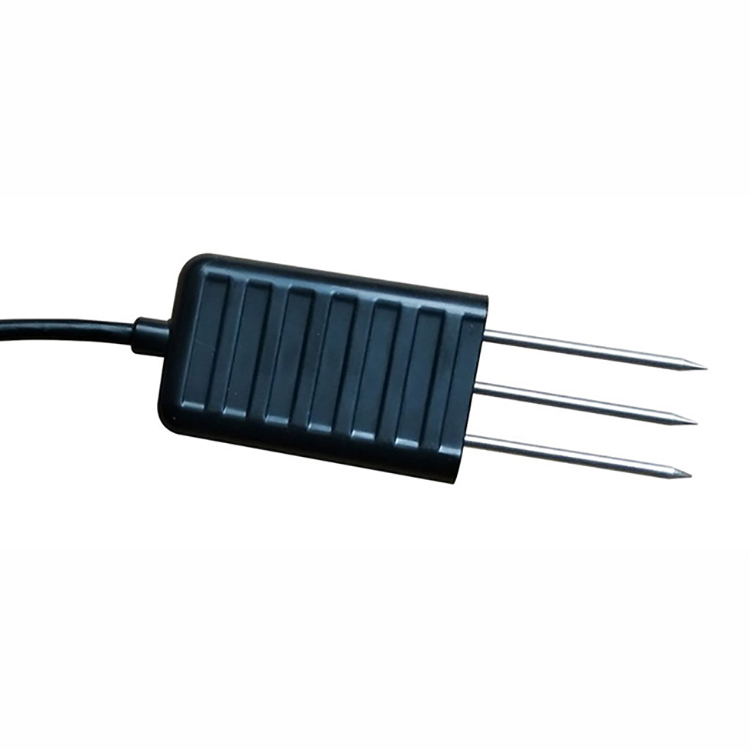 | 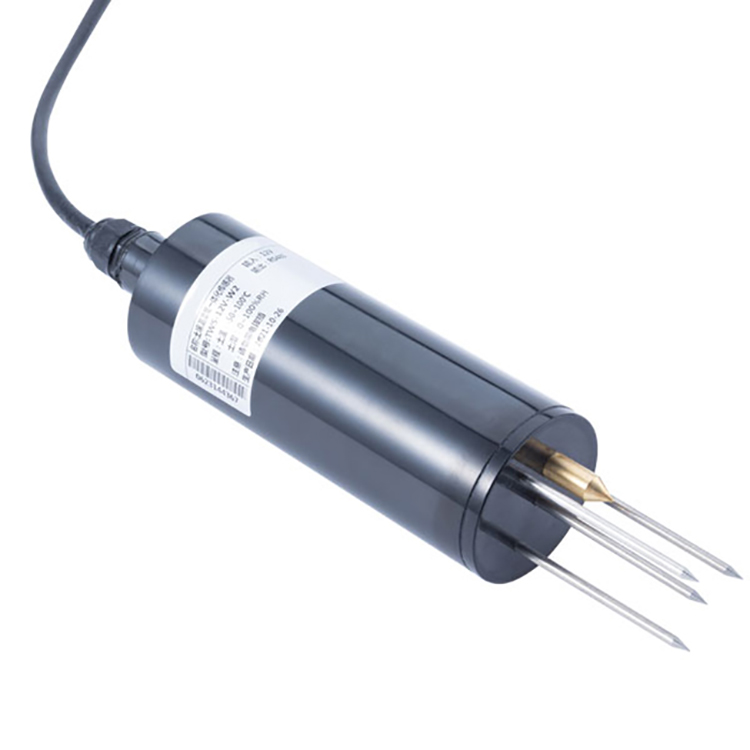 | 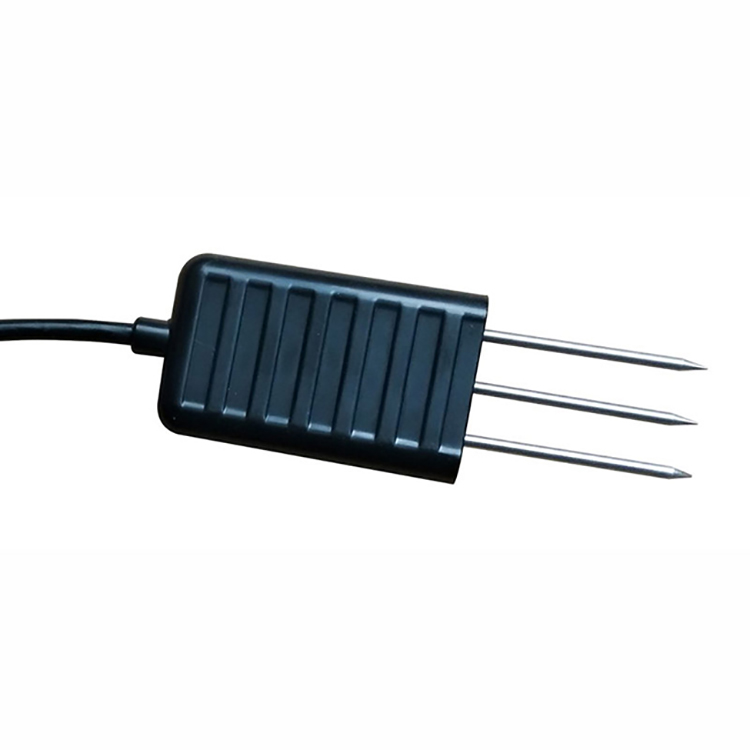 | 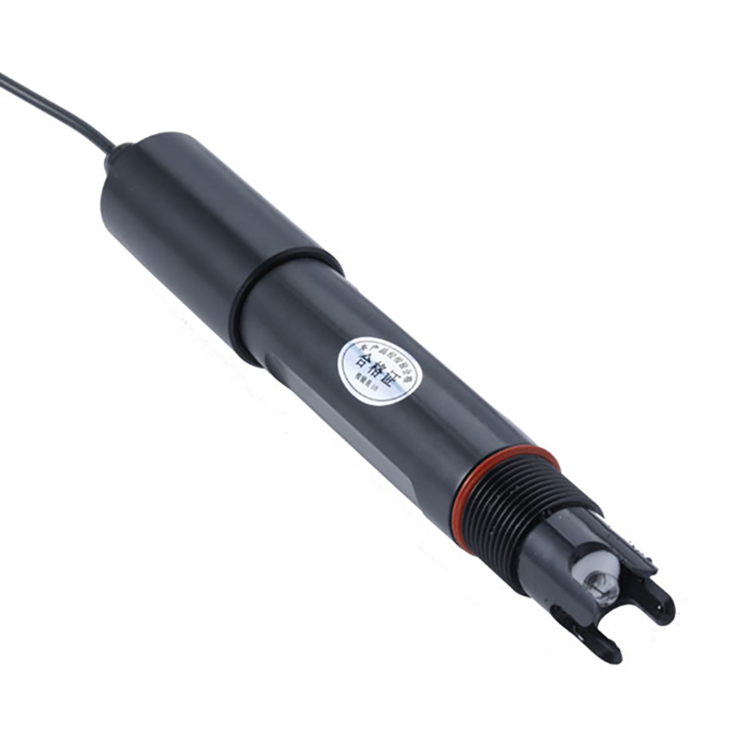 |
| Soil NPK Sensor | Soil Moisture Temperature sensor | 4-in-1 Soil Temperature Moisture EC Salt Sensor | Soil pH sensor |
Following are some common types of soil sensors and their applications:
1. Soil Moisture Sensors: these sensors are used to measure the moisture content in the soil. They can detect soil moisture through capacitance, resistance or frequency and provide real-time moisture data to help farmers and gardeners control irrigation wisely and avoid over-wetting or over-drying plants.
2. Soil temperature sensors: Soil temperature has a significant impact on plant growth and microbial activity. Soil temperature sensors measure temperature changes in the soil, helping farmers adjust planting plans and irrigation programmes to suit different seasons and plant needs.
3. Soil Salinity Sensor: Salt content in the soil is critical for plant growth. Soil salinity sensors measure the electrical conductivity or ion concentration in the soil to help farmers understand soil salinity conditions and avoid excessive salinity that can harm plants.
4. Soil pH Sensor: The acidity or alkalinity (pH) of the soil is important for plant nutrient uptake and growth. Soil pH sensors are used to measure the acidity and alkalinity levels of the soil and help farmers adjust soil pH to promote healthy plant growth.
These are just some of the common types of soil sensors, each of which has specific benefits and applications. Factors such as accuracy, reliability, adaptability, and ease of installation and maintenance need to be considered when choosing the right soil sensor for a particular application.
Overall, soil sensors play an important role in agricultural production and environmental management. They provide real-time data on soil properties and environmental conditions, helping users to better understand the condition of the soil so that they can take appropriate measures to improve crop yields, protect the environment and achieve sustainable development.
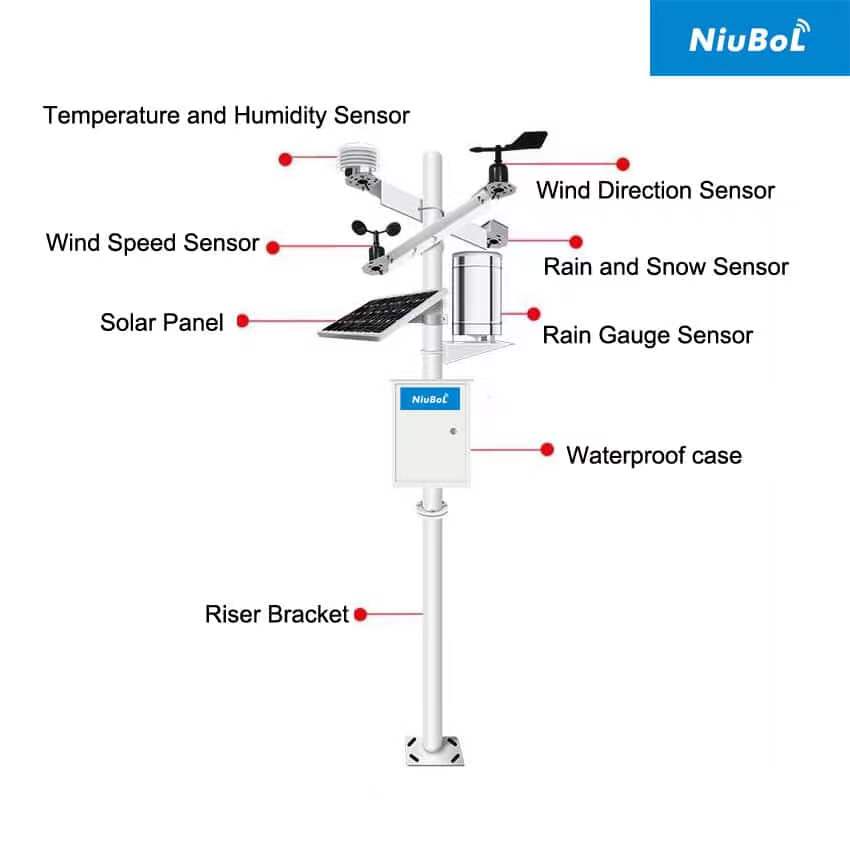
Introduction to weather sensors:
A weather sensor, also called a weather observation instrument, is a device used to measure environmental parameters of the atmosphere. They typically use different sensing technologies to monitor parameters such as barometric pressure, temperature, humidity, wind speed, wind direction, rainfall, etc. to provide data on weather and climate change. This information is valuable for weather forecasting, environmental research, building design, aerospace and other fields.
Here are some common types of weather sensors and their applications:
1. Barometric Sensors: Barometric sensors are used to measure atmospheric pressure, usually using the principles of piezoelectricity, conductivity or capacitance. These sensors can be used for weather forecasting, air pollution monitoring, altitude measurement, and so on.
2. Temperature Sensors: Temperature sensors are used to measure air temperature, usually using thermistor, thermocouple or infrared technology. These sensors can be used for weather forecasting, thermostat control, indoor environment monitoring, etc.
3. Humidity Sensors: Humidity sensors are used to measure the humidity in the air, usually using capacitive, resistive or optical technology. These sensors can be used for weather forecasting, air conditioning control, indoor environment monitoring, etc.
4. wind speed sensors: wind speed sensors are used to measure wind speed, usually using hot wire, ultrasonic or rotating rod technology. These sensors are used for weather forecasting, weather alerts, wind energy utilisation, etc.
5. Wind direction sensors: Wind direction sensors are used to measure wind direction, usually using kite, gyroscope or magnetometer technology. These sensors are used for meteorological forecasting, weather warnings, flight navigation, etc.
6. Rainfall Sensors: Rainfall sensors are used to measure the amount of rainfall, usually using gravimetric, vibration or optical techniques. These sensors can be used for weather forecasting, flood warning, water resource management, etc.
These are just some of the common types of weather sensors, each with its own specific benefits and scope of application. Factors such as accuracy, reliability, adaptability, ease of installation and maintenance need to be considered when choosing the right weather sensor for a particular application.
Overall, weather sensors play an important role in meteorology, environmental science and related industries. They provide real-time data on parameters of the atmospheric environment, helping users to better understand weather and climate change so that they can take appropriate measures to protect humans and the natural environment.
The combined application of soil and weather sensors can provide more comprehensive environmental data and thus have a wide range of application scenarios and value in multiple fields. The following are some of the common application scenarios and values:
1. Agricultural management: Through the use of soil and meteorological sensors, farmers can monitor soil moisture, temperature, salinity, and pH in real time, as well as atmospheric parameters such as air temperature, humidity, and rainfall. This data can help farmers optimise irrigation schedules, fertiliser control and crop growth management to improve crop yield, quality and resource efficiency.
2. Water resource management: Soil and meteorological sensors can be used to monitor soil moisture content and rainfall to help water resource management authorities in effective water resource planning and management. This helps to rationalise the allocation of water resources, reduce over-irrigation and water wastage, while protecting water sources and reducing water pollution.
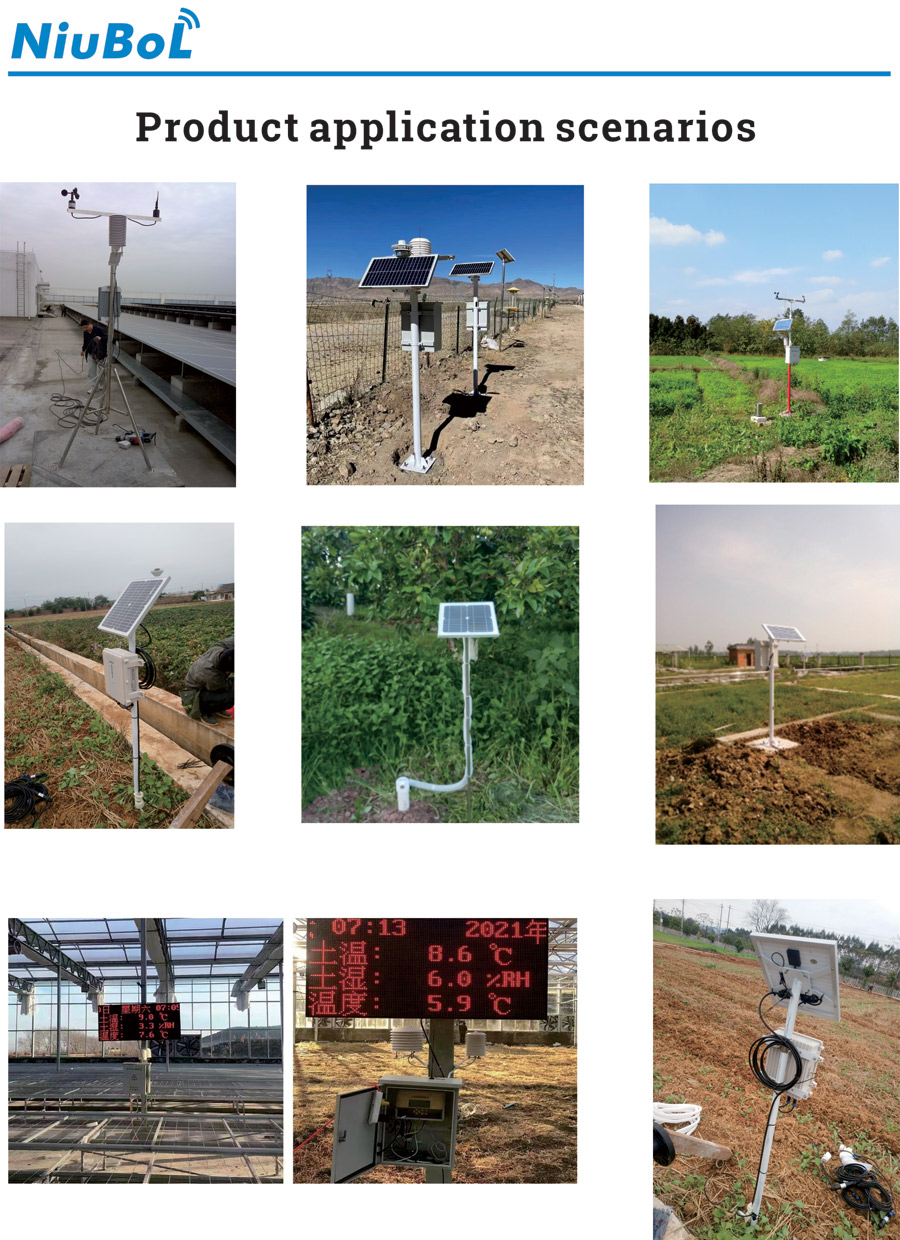
3. Environmental monitoring: Combining soil and meteorological sensors, environmental parameters such as soil quality, air quality and climate change can be monitored in real time. This is important for environmental protection, pollution control and ecological restoration. For example, soil sensors can be used to monitor the level of pollutants in the soil or meteorological sensors can be used to monitor the concentration of pollutants in the air, thus providing data support and early warning systems.
4. Building design and energy management: Soil and meteorological sensors can be used in the areas of building design and energy management. By monitoring soil moisture and temperature, foundation stability assessment and energy efficient building design can be carried out. At the same time, by monitoring indoor and outdoor parameters such as temperature and humidity, wind speed and solar radiation, it is possible to optimise the operation of air-conditioning, heating and ventilation systems, and to achieve effective use of energy.
5. Meteorological forecasting and disaster early warning: Soil and meteorological sensors can be used to collect real-time meteorological and soil data, thereby improving meteorological forecasting accuracy and disaster early warning systems. This is important to reduce the impact of natural disasters on human beings and property, such as floods, droughts, hurricanes, etc.
In summary, the combined application of soil and weather sensors can provide critical environmental data support in areas such as agriculture, water resource management, environmental monitoring, building design and energy management, and weather forecasting. By having an accurate understanding of the state of the soil and atmospheric environment, we can better manage resources, protect the environment and reduce disaster risks to achieve sustainable development.
Related recommendations
Sensors & Weather Stations Catalog
Agriculture Sensors and Weather Stations Catalog-NiuBoL.pdf
Weather Stations Catalog-NiuBoL.pdf
Related products
 Combined air temperature and relative humidity sensor
Combined air temperature and relative humidity sensor Soil Moisture Temperature sensor for irrigation
Soil Moisture Temperature sensor for irrigation Soil pH sensor RS485 soil Testing instrument soil ph meter for agriculture
Soil pH sensor RS485 soil Testing instrument soil ph meter for agriculture Wind Speed sensor Output Modbus/RS485/Analog/0-5V/4-20mA
Wind Speed sensor Output Modbus/RS485/Analog/0-5V/4-20mA Tipping bucket rain gauge for weather monitoring auto rainfall sensor RS485/Outdoor/stainless steel
Tipping bucket rain gauge for weather monitoring auto rainfall sensor RS485/Outdoor/stainless steel Pyranometer Solar Radiation Sensor 4-20mA/RS485
Pyranometer Solar Radiation Sensor 4-20mA/RS485
Screenshot, WhatsApp to identify the QR code
WhatsApp number:+8615367865107
(Click on WhatsApp to copy and add friends)
